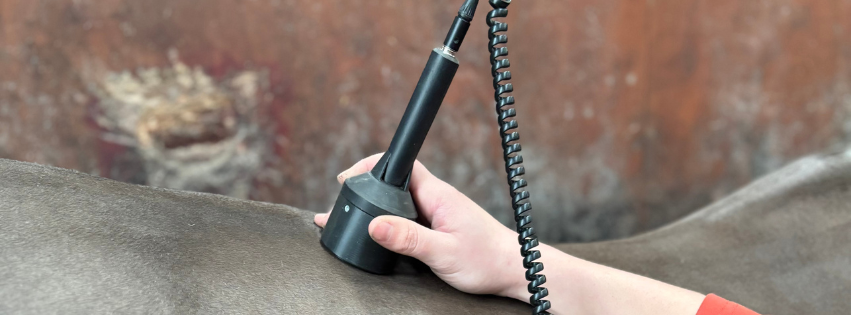In recent years, veterinary medicine has seen significant advancements in physiotherapy techniques aimed at improving the quality of life for animals recovering from injuries, surgeries, and chronic conditions. One such emerging modality is Low-Level Laser Therapy (LLLT), also known as photobiomodulation therapy. This non-invasive treatment is gaining traction in veterinary physiotherapy due to its remarkable benefits in promoting healing, reducing inflammation, and alleviating pain.
What is Low-Level Laser Therapy?
LLLT involves the use of low-intensity lasers or light-emitting diodes (LEDs) to stimulate cellular function. Unlike high-powered surgical lasers that cut or burn tissue, low-level lasers emit light at specific wavelengths (typically in the red and near-infrared spectrum) that penetrate the skin and interact with the mitochondria in cells. This interaction enhances cellular metabolism, increases ATP (adenosine triphosphate) production, and accelerates tissue repair and regeneration.
How Does LLLT Work?
LLLT operates on the principle of photobiomodulation, a process where light energy is absorbed by cells and converted into biochemical energy. The key effects of LLLT include:
- Increased Cellular Energy Production: Stimulates ATP synthesis, enhancing cell function and tissue repair.
- Reduced Inflammation: Suppresses pro-inflammatory cytokines and increases anti-inflammatory responses, reducing swelling and discomfort.
- Pain Relief: Decreases nerve sensitivity and releases endorphins, offering natural pain relief.
- Improved Blood Flow: Enhances microcirculation, delivering oxygen and nutrients to the affected tissues.
- Accelerated Healing: Speeds up recovery in muscles, tendons, and ligaments, making it beneficial for post-surgical rehabilitation.
Applications of LLLT in Veterinary Physiotherapy
LLLT is widely used in veterinary physiotherapy for various conditions affecting pets and livestock. Some of its most common applications include:
- Post-Surgical Recovery: After orthopedic or soft tissue surgeries, LLLT helps reduce pain and inflammation while promoting faster healing.
- Arthritis and Joint Disorders: Chronic conditions like osteoarthritis benefit from LLLT as it improves mobility and reduces stiffness.
- Tendon and Ligament Injuries: Common in active and working animals, these injuries heal more efficiently with laser therapy.
- Wound Healing: LLLT accelerates tissue regeneration, making it effective for treating wounds, ulcers, and burns.
- Neurological Conditions: It aids in nerve regeneration and is used in cases of intervertebral disc disease (IVDD) and nerve paralysis.
- Muscle Strains and Sprains: Reduces recovery time in athletic and performance animals, such as racing horses and agility dogs.
Advantages of LLLT in Animal Rehabilitation
- Non-Invasive: No surgery or medication required.
- Pain-Free and Comfortable: Well-tolerated by animals with no known side effects.
- Quick Treatment Sessions: Each session lasts only a few minutes, making it convenient for both pets and owners.
- Complementary to Other Therapies: Works well alongside hydrotherapy, massage, and acupuncture for a holistic approach.
Think your animal could benefit?
Laser therapy is integrated into most of my physiotherapy sessions, unless inappropriate for the animal. This specialist treatment comes at no extra cost. For more information on my services, click here.

Hi, this is a comment.
To get started with moderating, editing, and deleting comments, please visit the Comments screen in the dashboard.
Commenter avatars come from Gravatar.